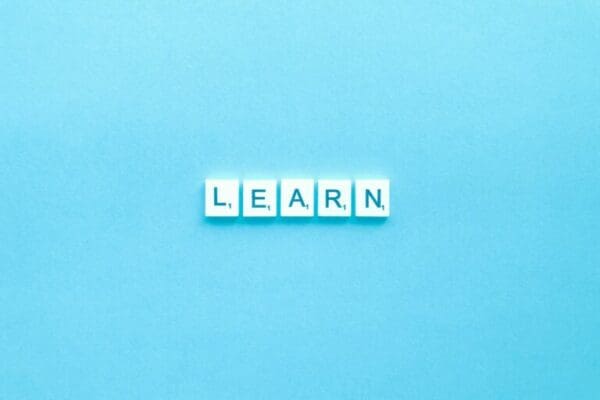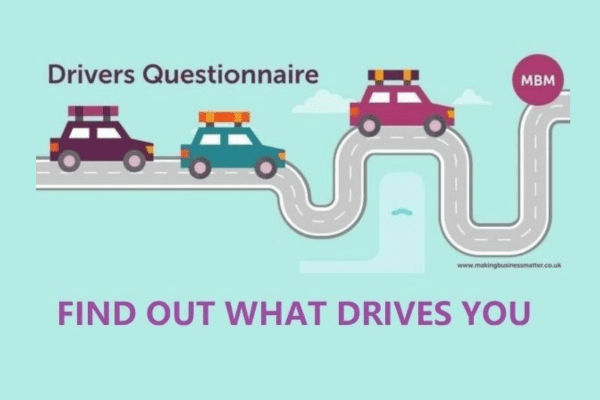In the absence of any form of accelerated learning, it will take a member of your team 10,000 hours to master a skill.
That’s what Malcolm Timothy Gladwell asserts in his 2008 New York Times bestseller book ‘Outliers: The Story of Success.’
Now, take that to be true for a moment. Can you imagine what it means?
Seemingly, before your Category Manager or Account Manager can make a winning presentation or negotiate effectively with clients, she needs to put in 8 hours a day, five days a week and at least four years. That’s right. She has to commit like a full-time college student to learning.
Yes, the cost will be astronomical to your business. What’s more? She might need to sacrifice her work/life balance to make this happen.
It Might Seem Scary but….
With these realities, no one would blame you if you threw your hands in the air in desperation. You are tempted to let your team make do with the little soft skills that they have.
Not so fast, though. With accelerated learning, members of your team can acquire new soft skills at a very low cost. And they won’t need to sacrifice time from the day job to make this happen. In fact, your Account Manager or Category Manager will not need years to become significantly better, but months. Days, even.
The difference is due to her learning and to continue learning at work. That enables the skills to stick. We call it Sticky Learning ®. We’ve already seen successes with over 80% of our Learners still using their new skill 5 months later.

Science Shows Accelerated Learning Works
Indeed, science supports accelerated learning.
In 2014, the Journal of the Association for Psychological Science published a Princeton University study that challenged the long-held view that deliberate practice (or learning) for an extended time is the best way to master a skill. “We found that deliberate practice explained 26% of the variance in performance for games, 21% for music, 18% for sports, 4% for education, and less than 1% for professions”, reads the study’s summary.
The researchers in the study concluded that “deliberate practice is important, but not as important as has been argued.”
Tips to Make Accelerated Learning Work
Here are 14 ways you can make accelerated learning work for your team:
#1 – Define and Write Goals
Ask them to write definitive goals showing what they to achieve. They must be SMART goals; Specific, Measurable, Achievable, Realistic and Timely. Vague goals will lead to procrastination and no change in behaviour. Putting clear objectives on paper helps them to select soft skills that are relevant to them and the business so that together they can increase performance for both the individual and the business. Foe example, ‘to be a better time manager’ is not a SMART learning objective. ‘To write a daily to do list’ is a SMART time management learning objective.
#2 – Ask Each Learner to Identify What’s In It For Them
When each member of your team knows what they stand to gain, their accelerated learning process is enhanced. Benefits always motivate and make things look easier. This is where a Learning to Learn training course is helpful. This is a training course that equips Learners how they can learn faster by understanding memory retention, habit formation, and much more.
#3 – Customise the Training for Their Needs
All training is not the same. To succeed in accelerated learning, tailor the training course to the unique needs of your team. In fact, if you give the team a one-size-fits-all training, you are inviting failure. Challenge the trainer to understand the challenges your team face on a day-to-day basis, looking for the behaviours that you need changed and the different result that you and they need.
#4 – Remove Emotional Barriers to Accelerated Learning
Physical barriers like noisy environments are significant obstacles to any form of learning. However, often the barriers that derail accelerated learning the most are emotional.
For example, staff members might be scared of failure or not embracing it as part of the process of learning. Bring this to their attention and cultivate self-confidence as well as tailor the criticism of their progress into a positive one. This will help them to overcome self-doubt and thus engage more.
#5 – Accelerated Learning Requires Oxygen and Water
At the training venue, water and oxygen are two things you need to make the brains of the Learners to function efficiently. Dehydration hampers concentration, and the same goes for a poor or low supply of oxygen.
Ensure that water is never in short supply and the venue has good ventilation. To further increase the absorption of oxygen to the brain, encourage the Learners stand up and move about at least once every hour. Sitting continually for more than an hour can reduce oxygen supply to the brain by about 15%. Plus, remove sweets, and offer healthy slow release energy snacks like popcorn.
#6 – Capture the Imagination of the Learners
The imagination of the Learners is an important tool for accelerated learning. One way to capture a Learner’s imagination is to provide the big picture first before the nitty gritty. The outline of the course, as well as the goals and objectives, can serve this purpose, or to get them to verbalise, or draw the benefits of being on the training.
Fail to provide the picture and the Learners won’t be seeing the path you want them to walk with you. They will waste a lot of time struggling to make sense of everything.
#7 – Acknowledge Short Attention Spans
The concentration span of most of us isn’t more than 20 minutes. If the same activity drags out for more than that, we are highly likely to lose interest. But how can you guard against the loss of interest in your course material?
Let Learners do tasks in intervals of about 10 minutes. Also try and break ideas into smaller manageable bits, with breaks between them. A Distraction List can help too.
#8 – Music Too Can Help Accelerated Learning
Yes, music in the background can contribute to accelerated learning. This is straight from Dr. Georgi Lozanov, the father of accelerated learning. And in support of Dr. Lozanov assertion is a theory known as ‘the Mozart Effect,’ which has shown that music in the background calms learners and helps them concentrate.
Aside from creative the right atmosphere for doing learning activities, such as attempting quizzes, music does also improve brain performance and even boosts IQ. Barqoue music is thought to be the most appropriate because of the number of cycles in the music,
#9 – Encourage Practice with New Skills
We learn well by both theory and practice. Your team should take immediate and repeated action with what they learn so that it properly sticks. Immediate application of acquired skills ensures that gaps are sealed early enough. It is important to learn the same skill in more than one way. For example, the trainees can have a theory session followed by a practical one.
#10 – Let Trainees Coach Each Other
Being taught is the standard way of learning. However, taking up the challenge to teach others what we’ve learned helps even more. It makes new skills stick. It is, therefore, a good idea for the trainees to take turns to train each other what they learn from their accelerated learning course- Team Building Skills.
#11 – Asking Questions is a Critical Component
Asking questions is a component to accelerated learning that your Learners can’t do without it. And this should be made clear from the word go. Questions help fill knowledge gaps that might be ignored by the facilitator.
Even more, asking question removes doubts, clears misinterpretations and increases concentration. It also encourages active participation of everyone. And that is a good thing.
#12 – Measure Progress
It doesn’t make sense to have your team attend a training course whose impact can’t be measured. It is important to know whether an accelerated learning program is giving you value for money.
Do routine tests as your team goes along with the learning. Make sure those tests don’t turn into obstacles, though, especially as pressure on the trainees. Measure your return on investment.
#13 – Test Themselves
A research scientist called Roddy Roediger conducted an experiment on memory retention. His conclusion was that those groups that are tested on what they have learnt were able to recall twice as much. So getting the Learners to test each other is a powerful tool to accelerate learning.
#14 – Mnemonics are Very Powerful
Taken from ’14 compelling reasons why Sticky Learning ® works and the science behind it’. Each of our trainers understands the importance of what cognitive researchers call ‘encoding’. Encoding happens when the Learner can relate a new piece of information to existing knowledge. A little like Christmas baubles. In order to add new information (baubles) you need to build it on existing knowledge/experience (Tree).
Use these Accelerated Learning tips and you will improve the speed at which your team learn and embed their new skills.




